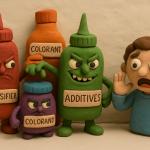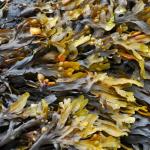“Don’t eat anything with more than five ingredients, or ingredients you can't pronounce.”
– Michael Pollan
food additives
The rise in obesity and diabetes has many causes, genetic, lifestyle, and of course, our dietary choices especially a perennial villain, sugar.
Clostridium difficile is a bacterium that causes a life-threatening infection.
The overriding goal of federal policies governing the use of chemicals in agriculture and food processing is-and should be-consumer safety. One would hope that food safety regulation would be driven by the best scientific and medical knowledge.






